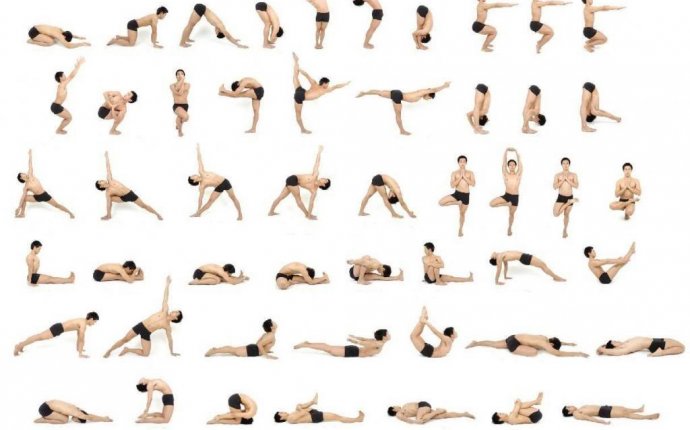
Back Strain Exercises
Lumbar stabilization is an active form of exercise used in physical therapy. It is designed to strengthen muscles to support the spine and help prevent lower back pain.
Through a regimen of exercises, and with the initial help of an experienced physical therapist, the patient is trained to find and maintain her/his "neutral spine" position. The back muscles are then exercised to teach the spine how to stay in this position.
This exercise technique relies on proprioception, or the awareness of where ones joints are positioned. Performed on an ongoing basis, these exercises can help keep the back strong and well positioned.
Lumbar stabilization is a multi-component program and involves education/training, strength, flexibility, and endurance. It is generally used during all phases of a back pain episode and may be prescribed after a thorough evaluation of the patient's specific condition.
The goals of lumbar stabilization exercises include:
- Reduce amount of back pain
- Gain control over the movements of—and forces acting on—the spine during daily activity
- Reduce the chance of back injury due to repetitive motions or sudden movements or stresses
Article continues below
Role of Physical Therapist in Lumbar Stabilization Exercise
Prior to starting a lumbar stabilization exercise program, the patient should first be evaluated by his or her primary care physician or by a spine specialist (such as a physiatrist).
Each patient will present different problems, and there is no "one-size-fits-all" in lumbar stabilization exercise. The physical therapist will then work with the referring physician and the patient to develop a therapy plan. This process begins with helping the patient find her/his neutral spine through positioning, discussion, and feedback.
During exercise training, the therapist will carefully observe and provide correction to ensure the patient develops proper technique that then can be used at home, office, or recreation.
Neutral Spine
The first step in the lumbar stabilization exercise process is to find the position of the spine considered neutral. While it may not be completely pain-free, this position is the least painful yet biomechanically sound posture for the lower back.
The benefits of the neutral spine include:
- Decreased tension on the spine-related ligaments and joints
- Allows the various forces acting on the discs and vertebrae to be distributed in a more balanced manner
- Keeps the patient's posture near his/her "center", enabling the patient to react more quickly (either forward or backward) when necessary
- Provides the greatest functional stability with axial loading









